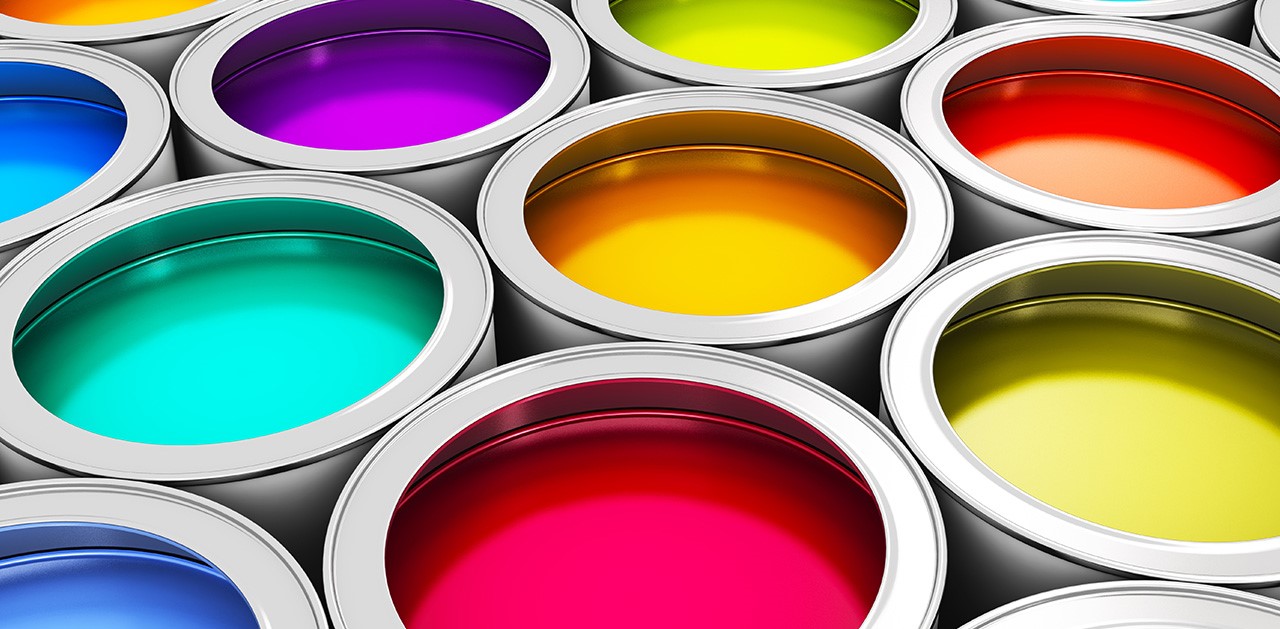
Inks are an integral part of packaging, especially primary packaging either through printing directly on the container or through labels stuck on using adhesives. They provide the means to communicate vital information such as any safety concerns, proper use and storage instructions, manufacturing and company details and add to the aesthetics used to create a brand image.
It is safe to say that packaging would serve a very one-dimensional purpose without the use of inks.
Today’s packaging industry is driven to create more mainstream, sustainable solutions and a large part of those efforts are directed at improving and increasing recyclability. This brings up the issue of degradation of inks during the recycling process and ultimate contamination of the recyclate.
Let’s delve into how packaging is washed to strip the ink and what exact components of ink are detrimental to the recycling process.
Nitrocellulose has an excellent solvent release and is also compatible with many additives such as platicizers, pigments and resins which is why it is used extensively in inks and is the most common binder in inks for flexible packaging. However, at temperatures above 160°C, nitrocellulose is unstable and in situations where nitrocellulose containing inks are included in plastic that is recycled in extruders at temperatures of over 200°C, this can result in gel-particles in the recyclate or gassing (release of nitrous gases) during the extrusion process. Gassing can interfere with the film forming process.
Many other components of inks also start becoming unstable after crossing 170°C and can pose risks if the recyclate is used in food-contact packaging application. They can also impart slight tints of colours (typically brown). To avoid colour stain, washing-off or deinking prior to extrusion is essential.
Some inks contain polyvinyl chloride resin, which decomposes at temperatures higher than 200°C. Upon decomposition, the resin releases hydrochloric acid into the extruder which corrodes the metal parts.
While wash-off solutions are already in use, deinking still needs to be introduced to the post-consumer recycling market. Such practices ensure the integrity of PCR and safe application especially in food packaging.




